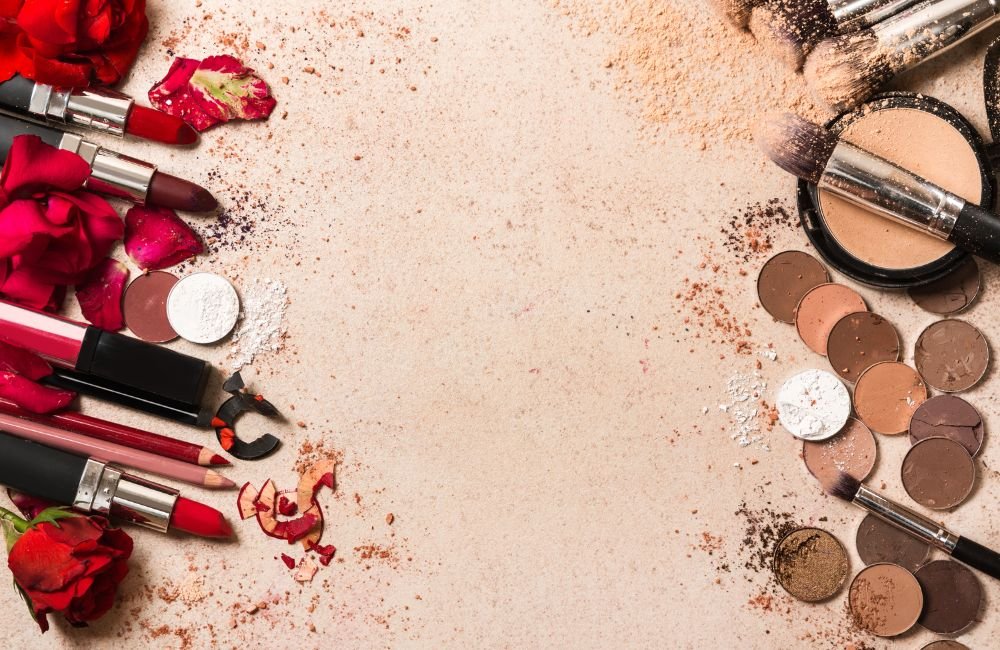Finding the right makeup colors that complement your skin tone is essential for enhancing your natural beauty. Knowing how to identify the shades that work best for you will help you create a flawless and cohesive look, making your makeup routine more effective and enjoyable.
Understanding Your Skin Undertone
The first step in determining the best makeup colors for you is understanding your skin’s undertone. Your undertone is the subtle hue beneath the surface of your skin that can be categorized into three main types:
- Warm Undertones: These include golden, yellow, or peachy hues.
- Cool Undertones: These consist of pink, red, or bluish hues.
- Neutral Undertones: A mix of both warm and cool tones, or no obvious undertone.
How to Determine Your Undertone:
There are several ways to identify your undertone:
- Vein Test: Look at the veins on your wrist. If they appear green, you likely have warm undertones. If they appear blue or purple, you have cool undertones. A mix of both suggests neutral undertones.
- Jewelry Test: Which looks better on your skin—gold or silver jewelry? Gold complements warm undertones, while silver enhances cool undertones.
- White Paper Test: Hold a piece of white paper next to your face. If your skin appears yellowish next to the paper, you have warm undertones. If it looks pink or rosy, you have cool undertones.
Choosing the Right Foundation: Makeup Foundation Color Match
Once you’ve determined your undertone, it’s easier to find the perfect foundation shade. A makeup foundation color match is crucial for achieving a seamless look. Here’s how to do it:

Warm Undertones
If you have warm undertones, opt for foundations with a golden or yellow base. These shades will blend naturally into your skin, providing a harmonious finish.
Cool Undertones
For cool undertones, choose foundations with a pink or red base. These colors will enhance the natural pinkness in your skin without making you look washed out.
Neutral Undertones
With neutral undertones, you have the flexibility to wear a wide range of foundation shades. Look for neutral-toned foundations that do not lean too yellow or pink.
Enhancing Your Look: Color Corrector Makeup
After matching your foundation, color corrector makeup can further enhance your complexion by addressing specific skin concerns such as redness, dark circles, or dullness. Here’s how to use color correctors based on your skin concerns:
Redness
Use a green color corrector to neutralize redness caused by acne, rosacea, or irritation. Apply it sparingly before your foundation to create an even base.
Dark Circles
For dark circles under the eyes, use a peach or orange color corrector. These shades counteract the blue or purple tones of dark circles, brightening your under-eye area.
Dullness
If your skin appears dull or sallow, a purple or lavender color corrector can help. These colors add brightness and life to your complexion.
How to Know What Colors Look Good on You Makeup: Eyeshadow, Blush, and Lipstick
With your foundation and color corrector in place, it’s time to explore the best shades for your eyeshadow, blush, and lipstick. Here’s a breakdown based on your undertone:
Warm Undertones
For warm undertones, earth tones like browns, oranges, and golds are flattering for eyeshadow. Choose peachy or coral blushes and warm reds or oranges for your lipstick.
Cool Undertones
If you have cool undertones, opt for cool shades like blues, purples, and pinks for your eyeshadow. Cool-toned pinks or mauves work well for blush, and blue-based reds or berry tones are ideal for lipstick.
Neutral Undertones
Neutral undertones can pull off both warm and cool shades. Experiment with a variety of colors to find what suits you best. Muted, natural tones are often a safe bet.
Tips for Long-Lasting Makeup
To ensure your makeup stays vibrant and lasts all day, consider the following tips:
- Primer: Use a primer that complements your skin type to create a smooth base and prolong the wear of your makeup.
- Setting Powder: Set your foundation with a translucent setting powder to reduce shine and keep your makeup in place.
- Setting Spray: Finish your look with a setting spray to lock everything in and enhance the longevity of your makeup.
Conclusion
Knowing how to select the right makeup colors for your skin tone is essential for achieving a flawless look. By understanding your skin’s undertone, matching your foundation correctly, and using the appropriate color correctors, you can create a makeup routine that enhances your natural beauty. Experiment with different shades and techniques to discover what works best for you.




